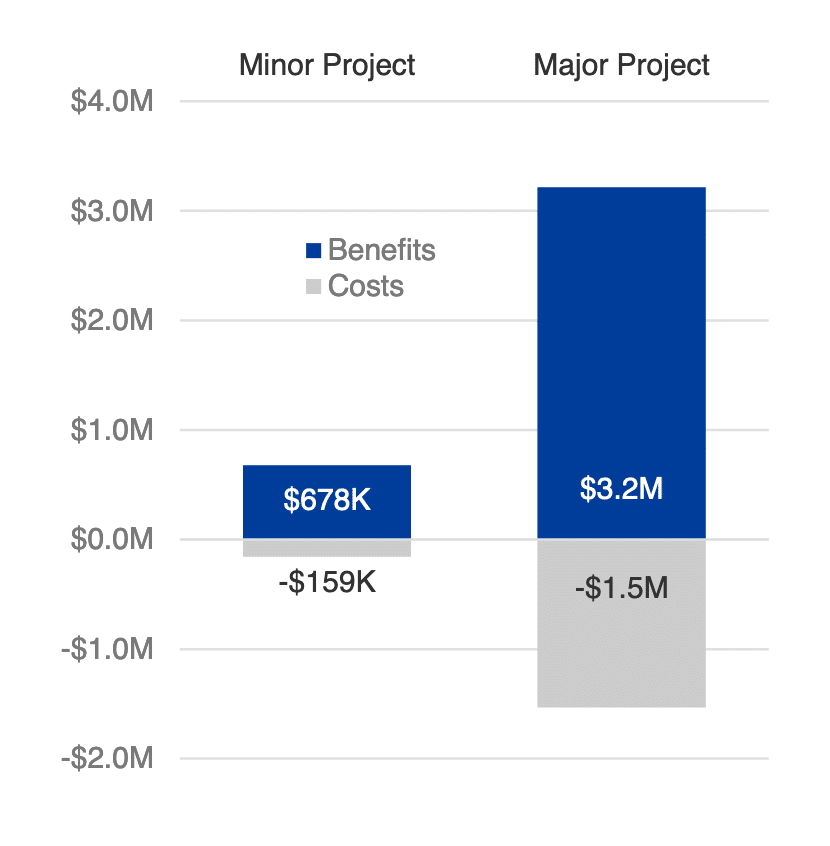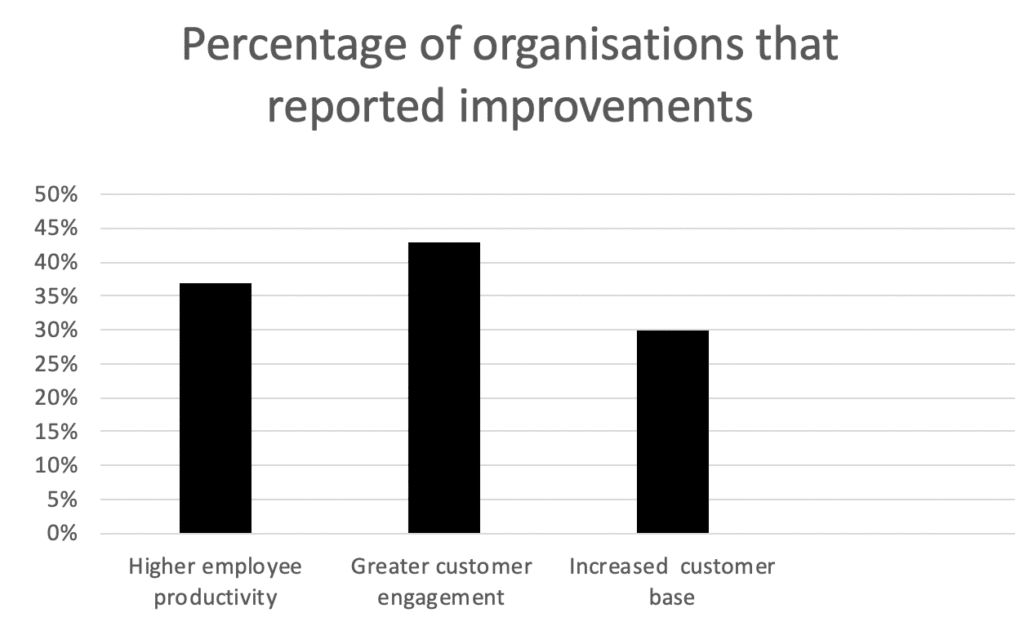Back in 2012, IBM had one designer to every 80 developers, by 2016 that number was one designer to every 20 developers. That equates to a lot of designers in a supposed tech company with over 400,000 employees. According to Charlie Hill, CTO of IBM Design “Our teams had a very engineering-centric culture. We wanted to shift that culture towards a focus on users’ outcomes.”
This shift included developing design thinking guidelines that they could apply to their teams and business. At the heart of the guidelines lies The Loop, IBM’s behavioural model for understanding users’ needs and envisioning a better future.
In the IBM Loop the yellow dot represents the user and the green dots are the three steps




